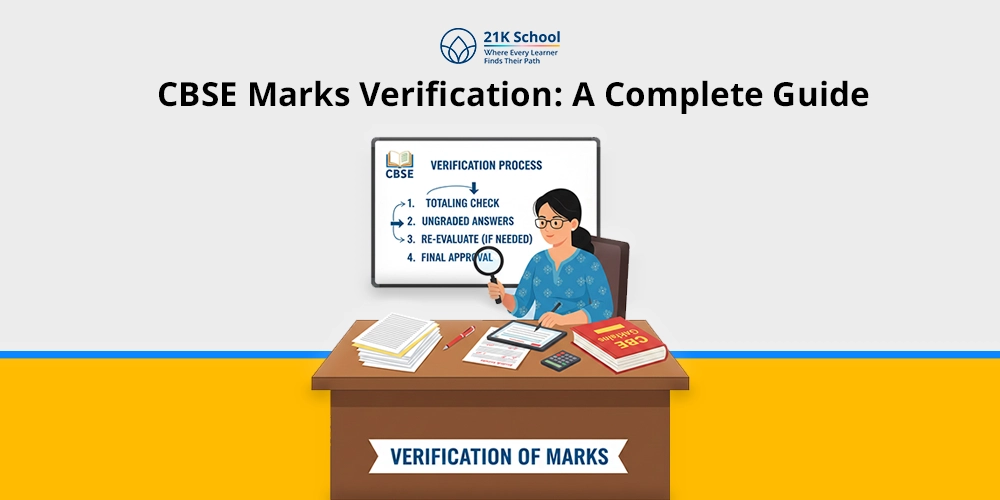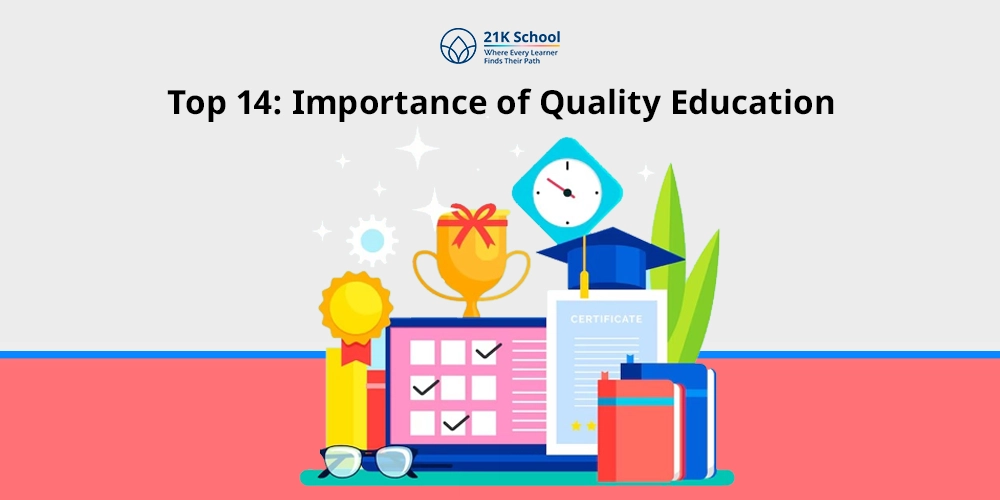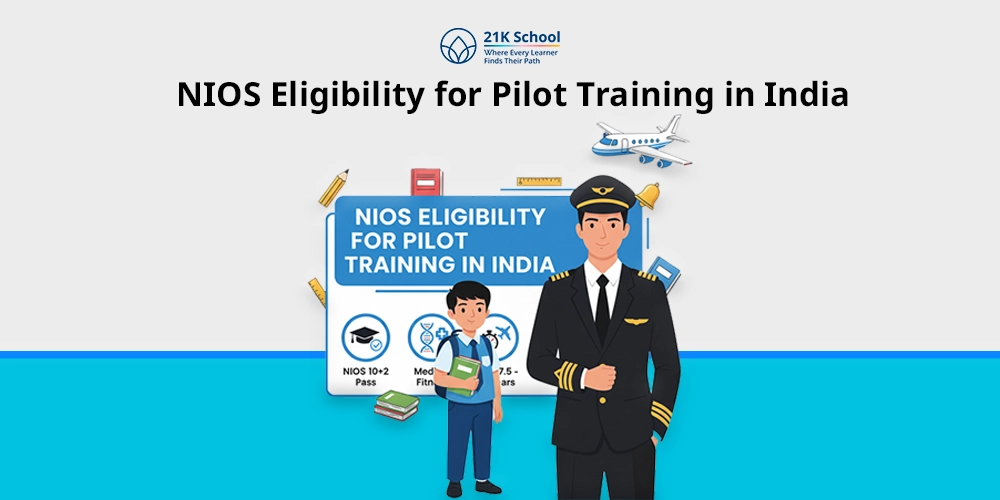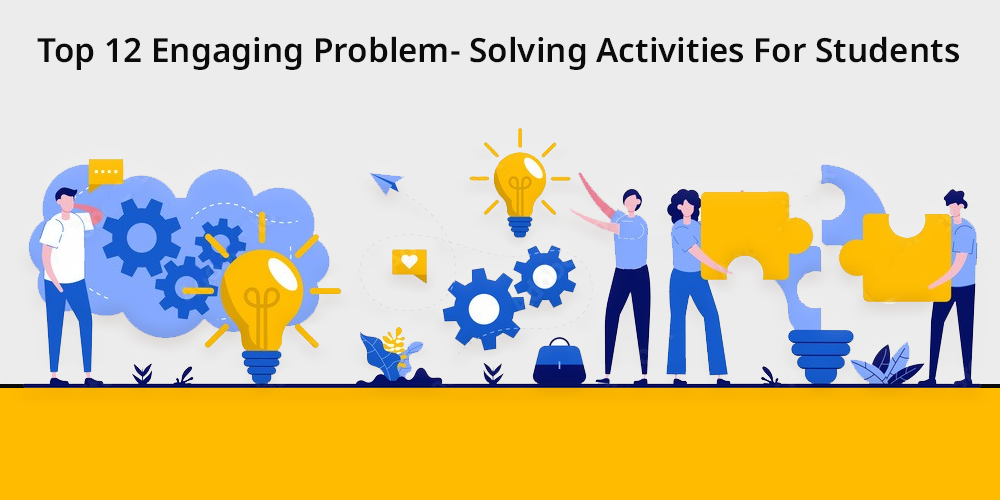
In today’s world, academic success alone doesn’t make much difference. Students need to learn different activities that outperforms their learning .
They need to learn certain techniques that help in their growth and development. Apart from academic success, they also need to focus on other areas required.
Problem- solving is an essential part of life that not only empowers students but helps in learning. It eases the path of learning, growth and development in children . Problem- solving activities enhance students to identify their problems, analyse mistakes and help in decision making.
Go through this blog to get a complete overview and understanding about problem- solving activities.
With this, it also explains you about problem- solving goals, importance and assessment techniques.
Contents
What are problem- solving activities?
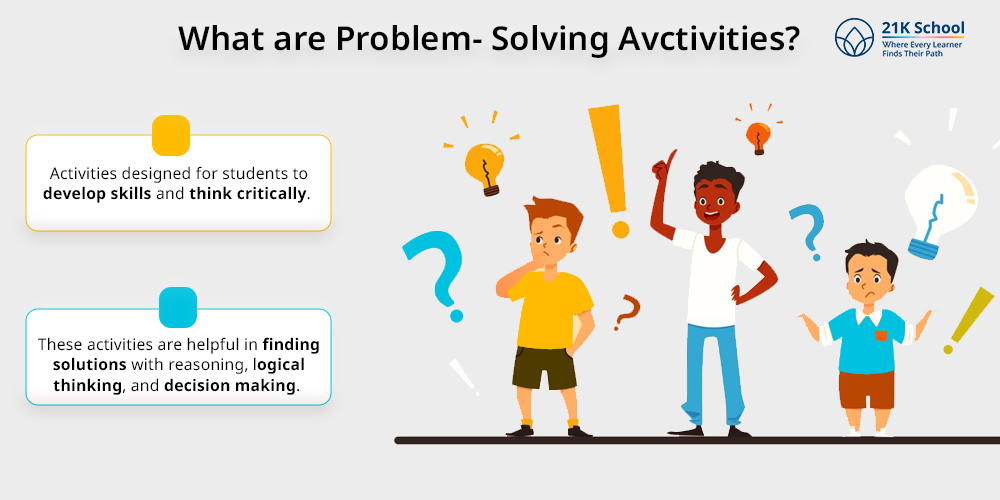
Problem-solving activities involve activities designed for students to develop skills and think critically. These activities are helpful in finding solutions with reasoning, logical thinking, and decision making.
Problem-solving techniques can be applied in all subjects, which deepens the understanding of particular subjects.
Apart from subject- matter problems, problem- solving activities also help in dealing with real- life problems. It resolves issues and provides solutions to certain issues frequently.
Why Are problem- solving activities important for students?
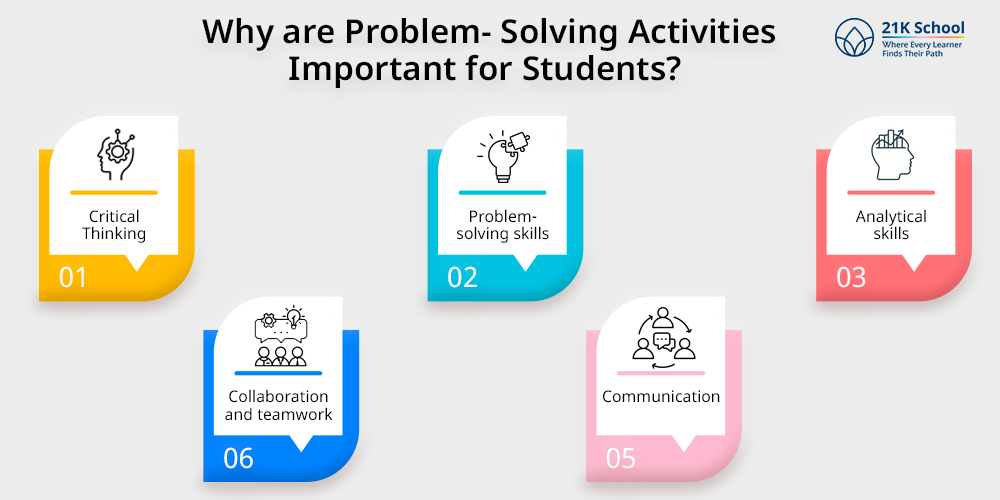
Goals of problem- solving activities guide students to plan their work and activities accordingly. Here are certain goals of problem- solving activities for students.
1. Critical thinking
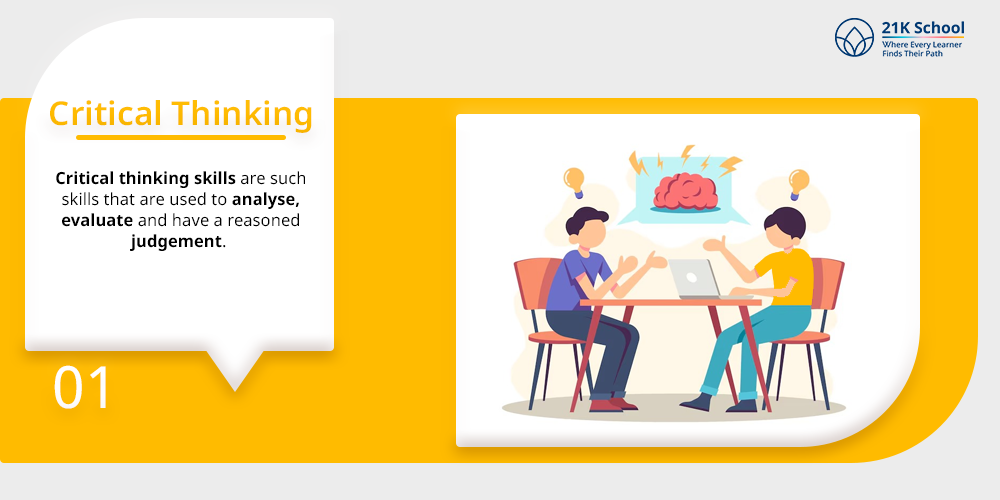
Critical thinking skills are such skills that are used to analyse, evaluate and have a reasoned judgement.
Critical thinking is the core goal of problem- solving activities. It involves rational thinking, problem- solving and making judgement.
Analytical thinking, reasoning, problem and arguments analysis, adaptability comes under it. Learn more about how to develop critical thinking skills in students
2. Problem- solving skills
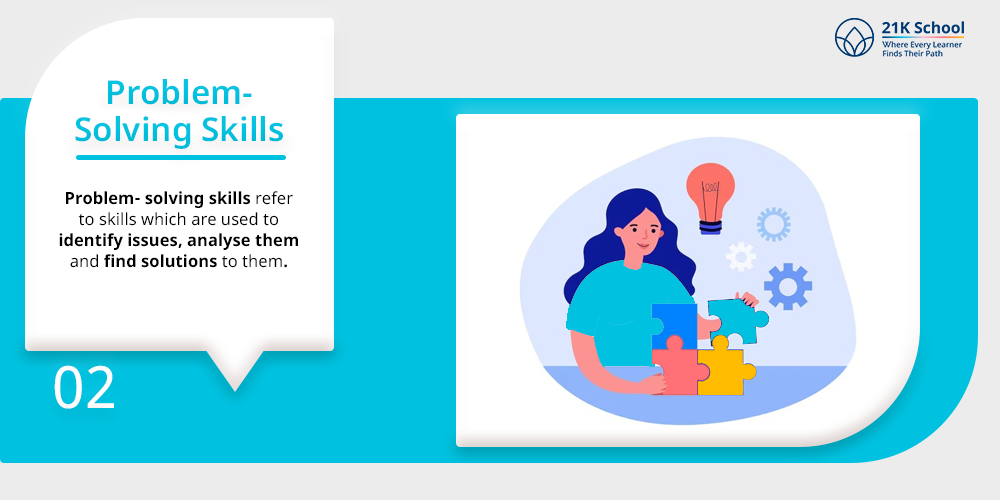
Problem- solving skills refer to skills which are used to identify issues, analyse them and find solutions to them.
Problem- solving is a blend of cognitive and social skills . It requires communication, problem- solving,collaboration, adaptability and evaluation skills.
It not only prepares for an academic career but also to prepare for real life problems. Go through more details about how to improve problem-solving skills in students.
3. Analytical skills
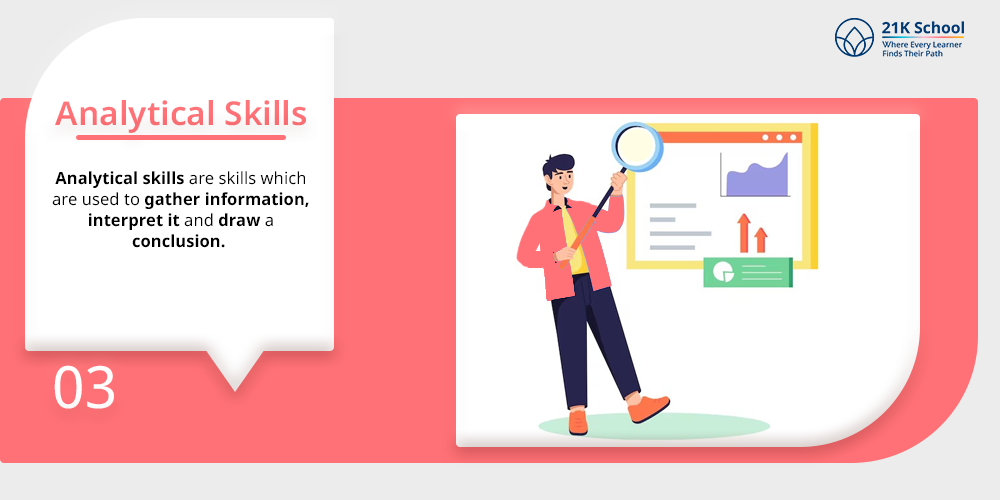
Analytical skills are skills which are used to gather information, interpret it and draw a conclusion.
It breaks complex problems into parts and analyses them critically, to solve problems.
Observation, data research, interpretation and rational thinking sums up to form analytical skills. Get ideas to
4. Collaboration and teamwork
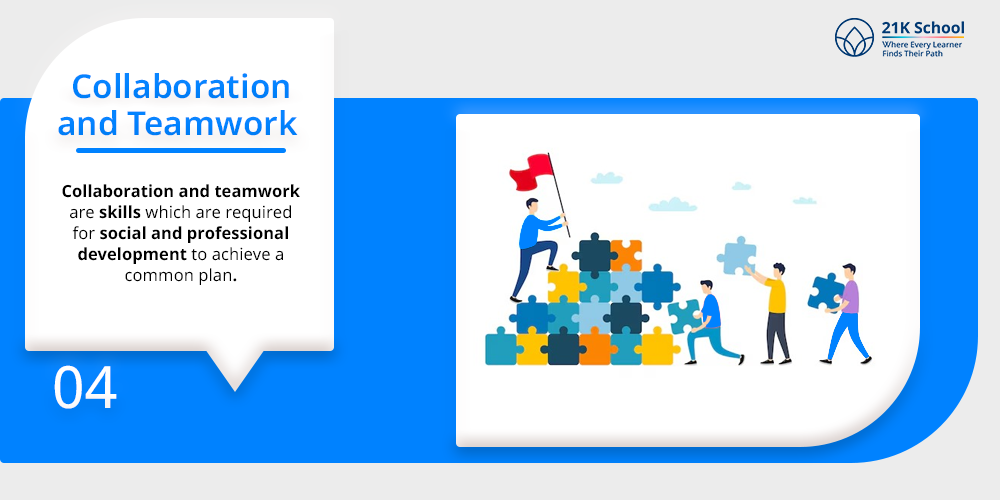
Collaboration and teamwork are skills which are required for social and professional development to achieve a common plan.
Collaboration and teamwork are required to help students work in order to achieve shared goals. The ability to collaborate and work in a team makes students more responsible, engaged and successful.
Group projects, debates and games activities ask for collaborative support and teamwork.
5. Communication
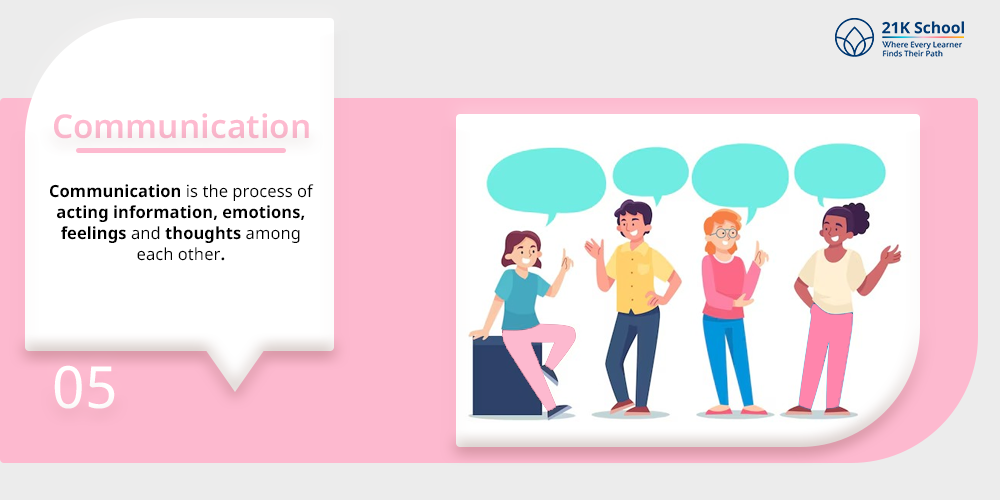
Communication is the process of acting information, emotions, feelings and thoughts among each other.
Communication is important to understand each other and express their ideas effectively. Other than academic achievement, it is required in daily interaction and affairs as well.
Group discussion, debates and oral presentation is nothing without clear communication among each other.
Top 12 Engaging Problem- Solving Activities For Students
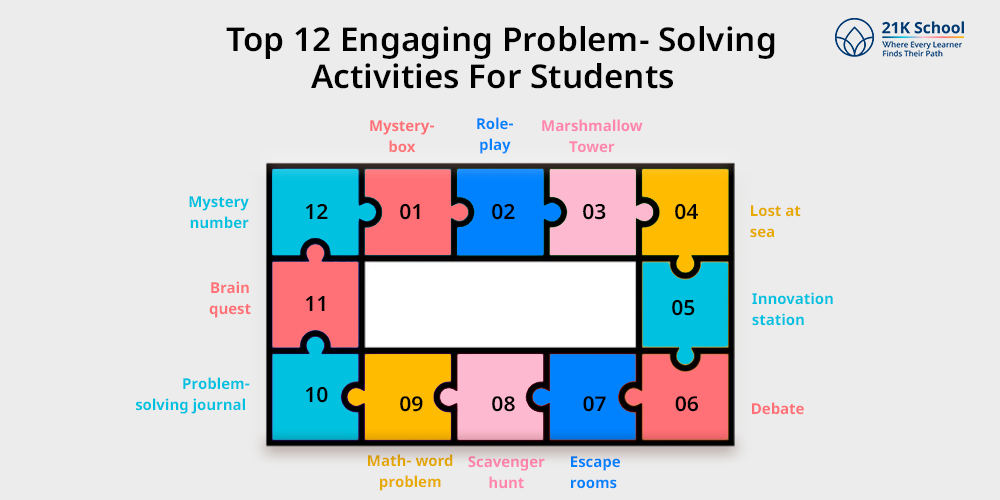
Here are top engaging problem- solving activities for students in the classroom. These activities would help students in thinking critically, analysing and solving problems.
1. Mystery- box
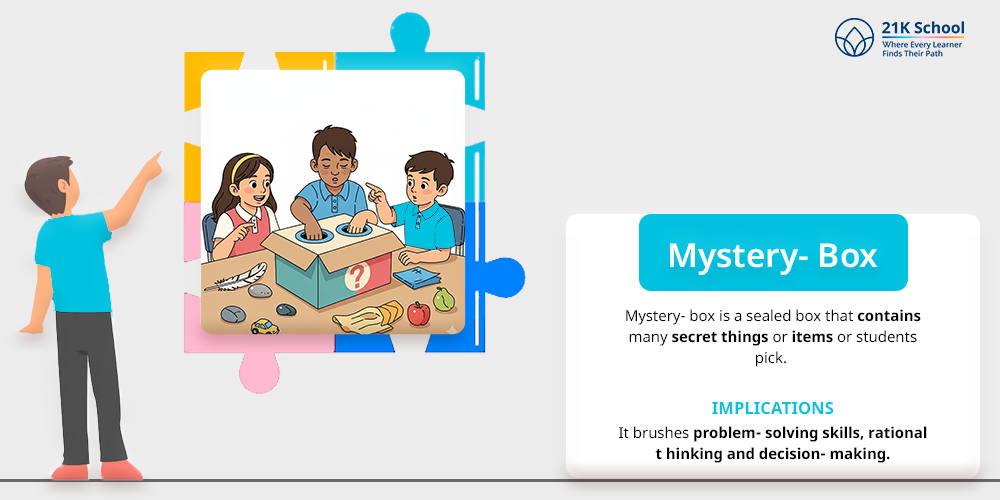
Mystery- box is a sealed box that contains many secret things or items or students pick. With the help of a mystery box, students are asked to solve challenges and think critically.
How to play?
- Put the object in a covered box, so that students can’t look inside.
- Let students shuffle the box and know what’s inside it.
- They have to guess what is inside the mystery box.
Implications
It brushes problem- solving skills, rational thinking and decision- making.
2. Role- play
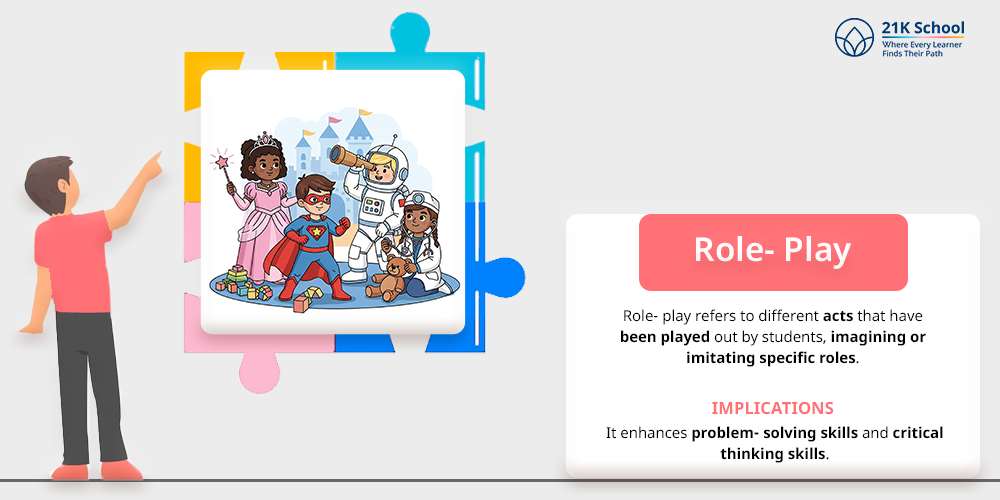
Role- play refers to different acts that have been played out by students, imagining or imitating specific roles. It develops communication skills , builds empathy and problem- solving skills.
Playing methods
- Select scenes, background and act the roles accordingly.
- Select timer and act roles with voices, theme and character.
Implications
It enhances problem- solving skills and critical thinking skills.
3. Marshmallow Tower
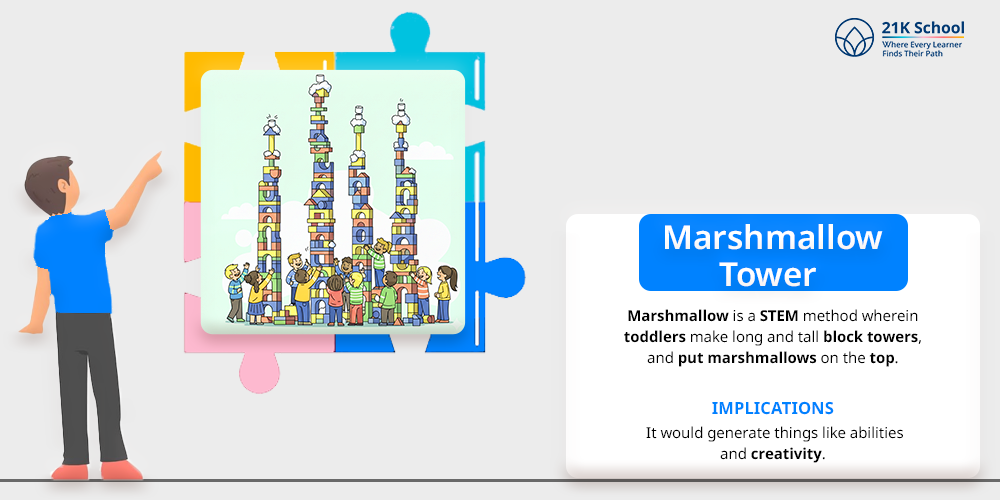
Marshmallow is a STEM method wherein toddlers make long and tall block towers, and put marshmallows on the top. It generates critical thinking skills and problem- solving skills.
Playing methods
- With the help of marshmallow, string, tape and spaghetti, build a tower.
- Use these tools, build a tower so that marshmallows can be placed at the top.
Implications
It would generate things like abilities and creativity.
4. Lost at sea

Lost at sea is a decision- making exercise wherein you imagine stranded in the sea, like you are a shipwreck survivor. To deal with different problems, think critically and make decisions.
Playing methods
- A teacher makes a scene of a grocery store.
- Teachers put price tags in order to teach maths to students.
Implications
It makes learning fun and interactive with rational thinking.
5. Innovation station
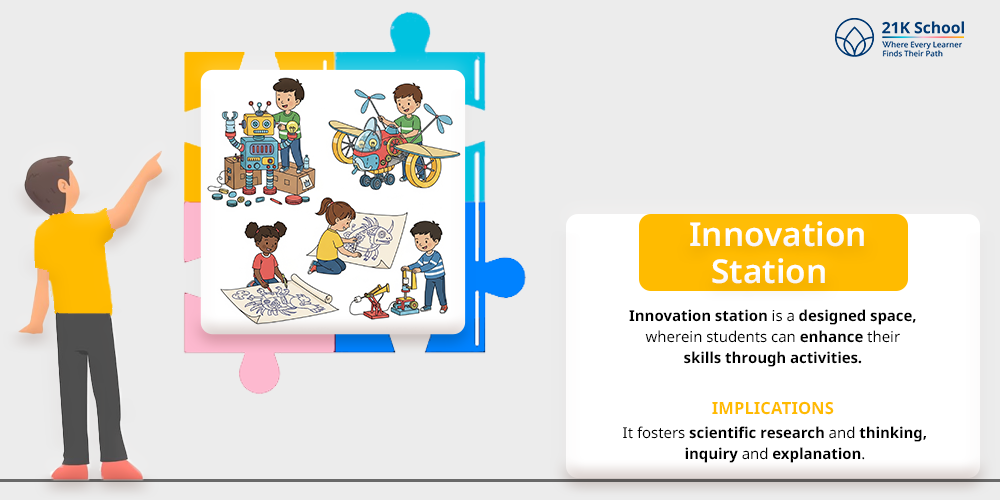
Innovation station is a designed space, wherein students can enhance their skills through activities. Such as problem- solving skills, critical thinking skills and collaboration skills with real- world issues.
Playing methods
- Students have to play with science experiments .
- Students have to explain its nature, intent and investigation methods.
Implications
It fosters scientific research and thinking, inquiry and explanation.
6. Debate
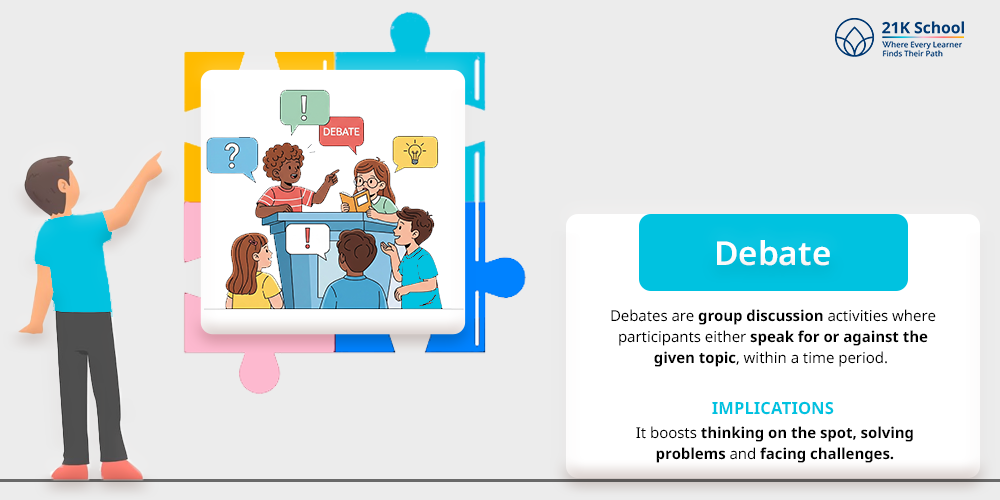
Debates are group discussion activities where participants either speak for or against the given topic, within a time period. To help students learn interaction among peer groups and learn to combat certain problems or issues.
Playing methods
- There will be a quick- fire up round where students have to go up and speak for 1-2 minutes.
- Switch students one- on- one and each one has to speak respectively.
- They will be examined on their spontaneous speech with fluency.
Implications
It boosts thinking on the spot, solving problems and facing challenges.
7. Escape rooms
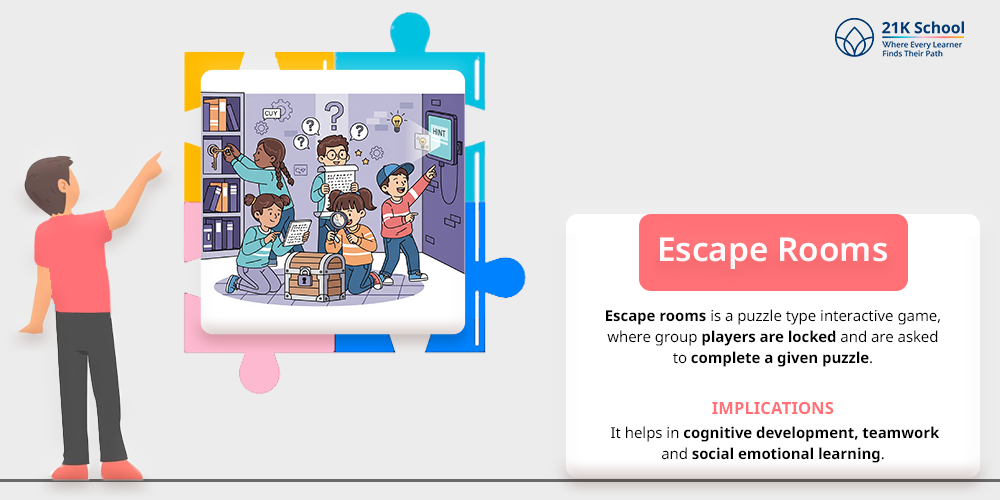
Escape rooms is a puzzle type interactive game, where group players are locked and are asked to complete a given puzzle. It is time bound, say 60 minutes or target by educators or teachers.
Playing methods
- These are selected background, theme or situation and a short introductory session is given on it.
- As soon as time begins, students have to run and search for hidden objects or unlocked puzzles.
- They can use clues or things to guess and match unsolved puzzles or riddles.
Implications
It helps in cognitive development , teamwork and social emotional learning .
Know why social emotional learning is important for students.
8. Scavenger hunt
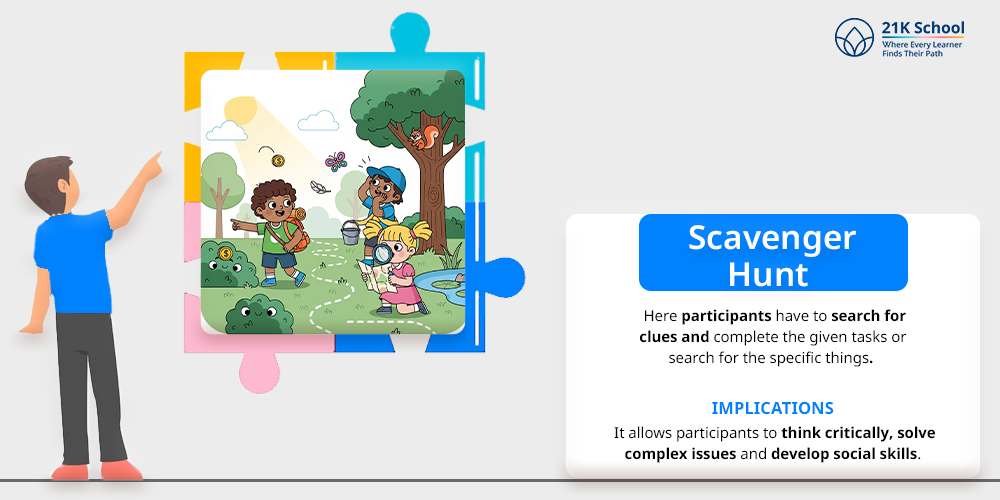
Scavenger hunt is a fun problem- solving game, which is time and area bound. Here participants have to search for clues and complete the given tasks or search for the specific things.
Playing methods
- Educators or teachers will choose a format of playing, and select a theme or background.
- Time limit is set and area extent is decided for players.
- Team players are decided and participants start the scavenger hunt within the time and area limit.
- They can take clues or hints while solving puzzles or searching items or materials.
Implications
It allows participants to think critically, solve complex issues and develop social skills .
9. Math- word problem

Math- word problem is a game which involves computation, reasoning and problem- solving. Students get involved in a team and play together.
Playing methods
- Team is prepared and divided by teachers or educators.
- They are asked to collect coins or solve riddles secretly and keep it with them. These are guided by the educators.
- After collecting, team members are gathered and they are asked to count their points.
- Results are announced, whoever wins as per their levels.
Implications
It helps in team role- play, computation, solve tricks and problems.
10. Problem- solving journal
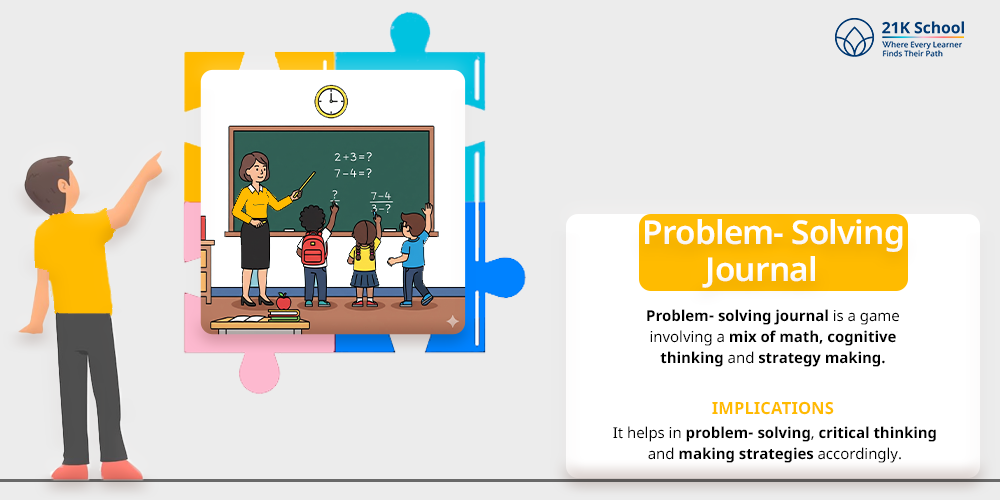
Problem- solving journal is a game involving a mix of math, cognitive thinking and strategy making.
Playing methods
- Teachers or educators can select an activity and set game background as per their discussions or choice.
- Students are given a word problem to solve. It can be either written on board or can be dictated verbally.
- They can be given tricks or hints to help them solve problems.
- Later, it can be discussed with the peer groups or can be shown on board.
Implications
It helps in problem- solving, critical thinking and making strategies accordingly.
11. Brain quest
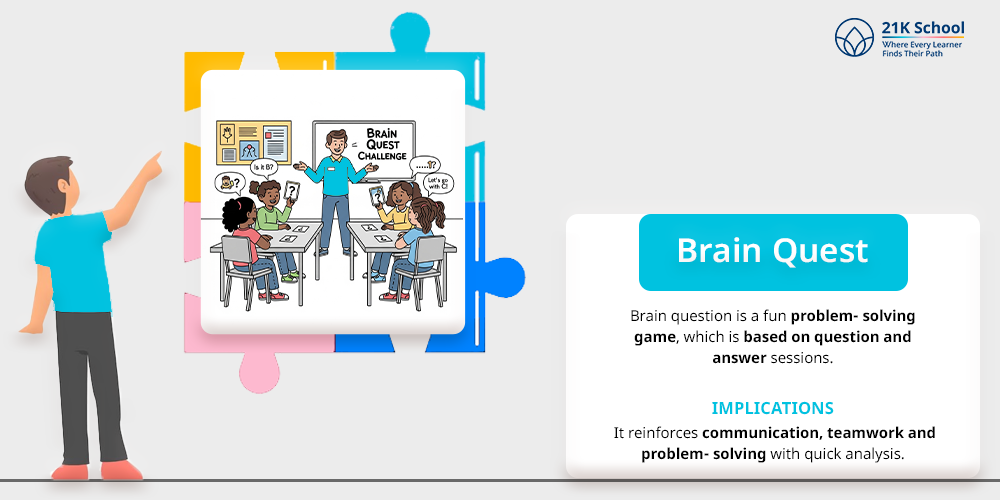
Brain question is a fun problem- solving game, which is based on question and answer sessions. It is a group- activity where participants can answer those questions as guided.
Playing methods
- Divide the class into teams of 5- 6 participants.
- Mentors will ask questions, on a rotational basis.
- Participants can discuss and answer as per their turn.
- Scores and points will be counted, and considered in the end.
Implications
It reinforces communication, teamwork and problem- solving with quick analysis.
12. Mystery number
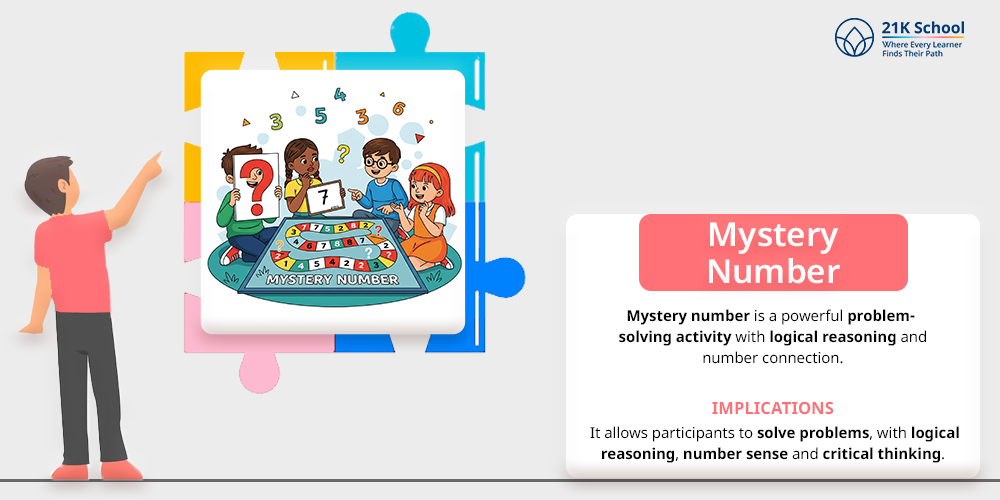
Mystery number is a powerful problem- solving activity with logical reasoning and number connection.
Playing methods
- It can be played individually or by dividing the team.
- Series are given and they have to solve it. Levels of series solving are kept as per their class.
- Clues or hints are also given to help them participate.
- Points are counted and discussed in the end.
Implications
It allows participants to solve problems, with logical reasoning, number sense and critical thinking.
How to assess problem- solving skills?
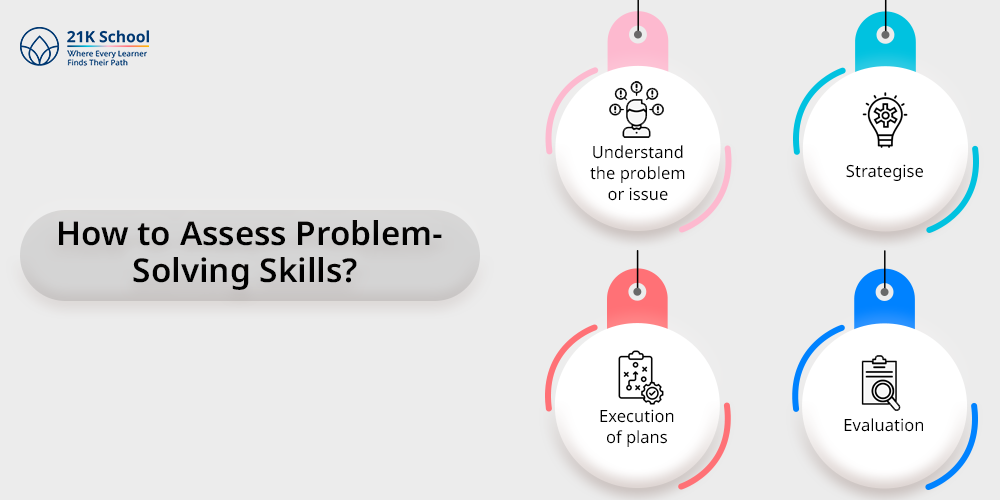
Assessing problem- solving skills includes different effective strategies to assess students. It involves identification, analysis evaluation and solving problems or issues.
Here are different strategies to assess students in a structured form.
1. Understand the problem or issue
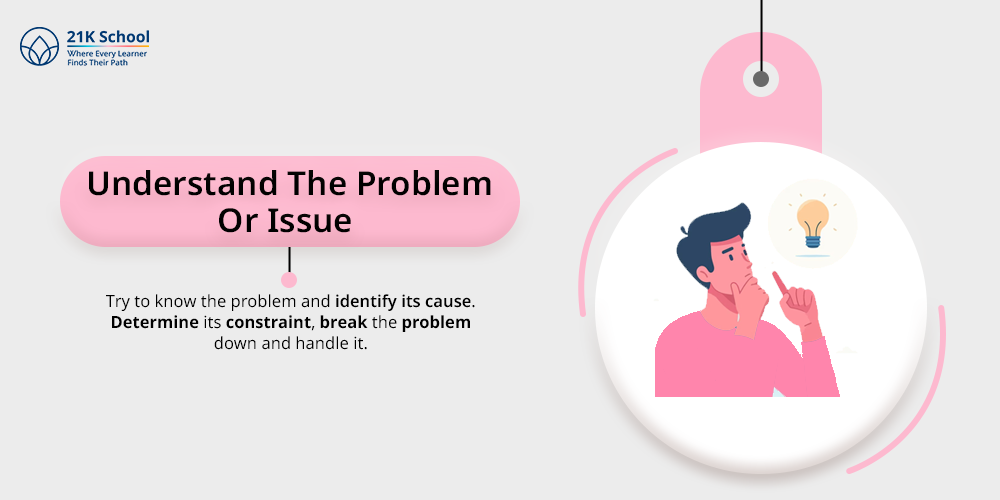
Try to know the problem and identify its cause. Determine its constraint, break the problem down and handle it.
For example, know its factors affecting, causes, areas that are affecting, etc.
2. Strategise

Strategy involves planning, methods for course of action and decision making. They have to choose an effective and rational strategy that can be implemented.
For example, students can determine strategies to handle risks and unforeseen circumstances.
3. Execution of plans
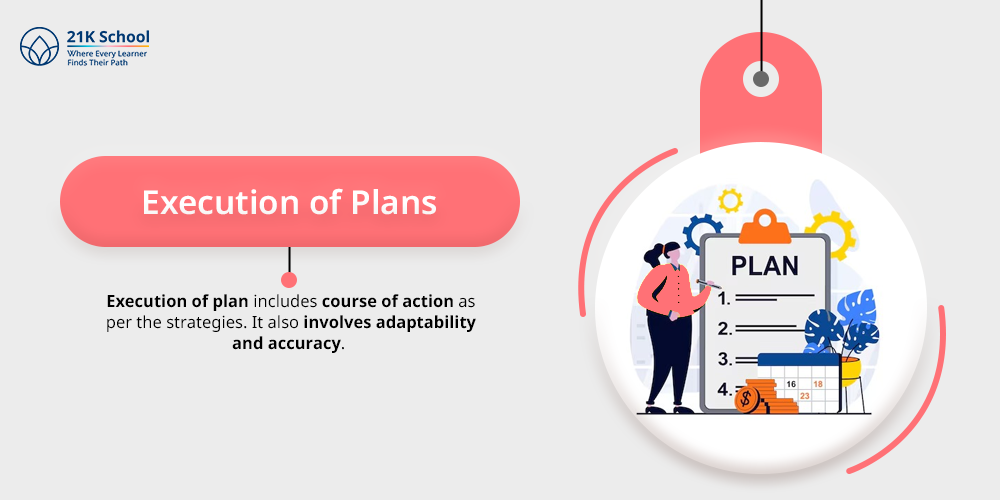
Execution of plan includes course of action as per the strategies. It also involves adaptability and accuracy.
For example, students will have to implement strategies and they also have to monitor such execution of plans.
4. Evaluation
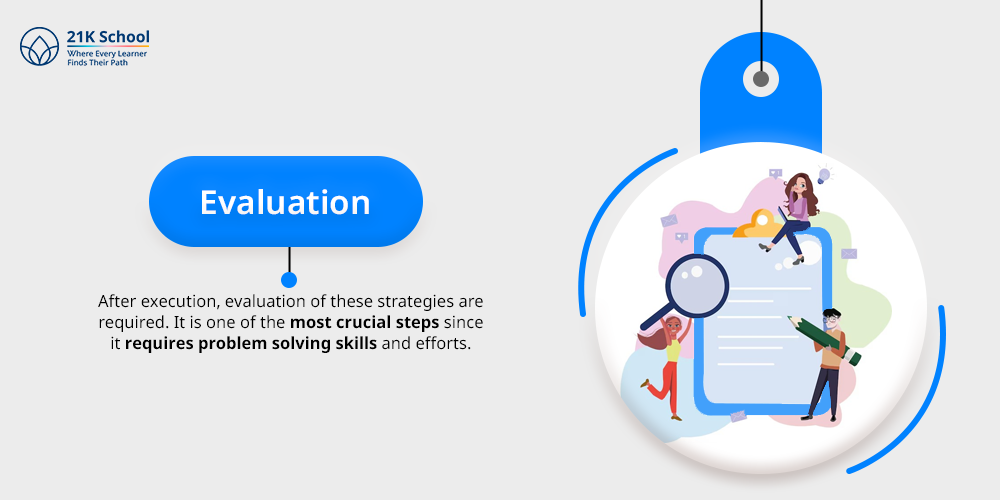
After execution, evaluation of these strategies are required. It is one of the most crucial steps since it requires problem solving skills and efforts.
For example, students have evaluated their course of actions well or not.
Final Thoughts
Problem- solving activities for students are a powerful tool that helps students to learn and develop such life skills required.
Incorporation of such problem- solving activities in students could help them to deal with real- world problems.
Through problem- solving activities, students can be practical and put problem- solving skills to solve problems, and it will reflect in their outcomes.
Engaging students in real- world problems helps them learn from their mistakes. This also equips students in dealing with challenges and problems or issues.

